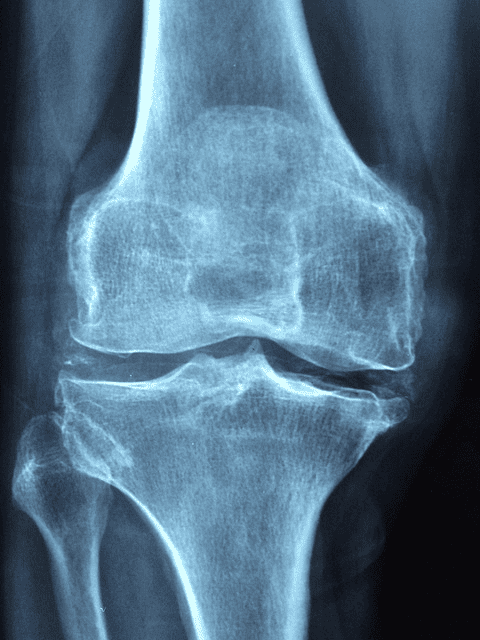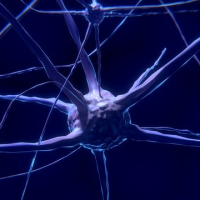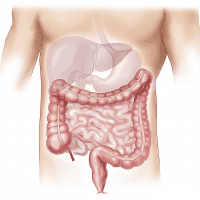- Mold Toxicity, Biotoxin Illness & CIRS
- 10 Warning Signs of Mold Toxicity and Mold Illness

10 Warning Signs of Mold Toxicity and Mold Illness
Articles
- Autoimmunity
- Brain Fog
- Chronic Fatigue
- CIRS - Chronic Inflammatory Response Syndrome
- Constipation
- Digestive Issues
- Food Sensitivities
- Headaches
- Memory Loss
- Mold Toxicity
- Mycotoxin
10 Warning Signs of Mold Toxicity and Mold Illness
Mold exposure is an increasingly common cause of human health problems found in water damaged buildings or homes. Prolonged exposure to toxic indoor molds and toxins produced by mold called mycotoxins can wreak havoc on the body.
Mold exposure can lead to a condition known as mold toxicity, mold illness or chronic inflammatory response syndrome (CIRS). The warning signs of mold toxicity can be identical to CIRS symptoms. Here are 10 warning signs of mold toxicity and mold toxicity symptoms to watch out for.
1. Unexplained Symptoms and Being Told There is Nothing Wrong.
We often hear horrific stories of people going to doctor after doctor with unexplained symptoms, only to be told there is nothing wrong, lab tests are normal, it's from stress, all in their head, need to exercise more, etc. Only to find out their mycotoxin levels from toxic mold exposure are off the chart after finding the right doctor to test for mold exposure.
2. Sensitivity in Work or Home Environment
Unexplained symptoms may seem to be alleviated or lessen after you leave home or work environment not knowing these environments contain indoor mold. Symptoms that quickly reoccur when re-entering a moldy indoor space can be a clear sign of mold toxicity.
Unfortunately, some people may not get rid of symptoms after leaving a toxic environment. This especially occurs in those who have a genetic predisposition making them more at risk for mold toxicity. It is best to pay attention to your surrounding environment and symptoms. If you notice feeling better being on vacation or away from your home or work environment, this could be a reality check and it may be time to check your indoor air quality.
3. Water Damage, Stains, or Leaks
Visibly inspect your home for water stains, damage, or leaks, especially after flooding. Water enables mold colonies like black mold to rapidly grow on any hard surfaces including drywall, wood, ceiling tiles, carpets, and insulation. Fixing moisture issues and humid environments can also help prevent mold growth.
Standing water, leaks, or high humidity in basements and crawlspaces creates ideal conditions for toxin-producing molds like stachybotrys chartarum. These black mold species often heavily colonize basements and slowly spread spores upstairs into living areas through open doorways or central HVAC systems. When mold is presesnt, professional mold testing and remediation is required. Moldy surfaces must be removed, and proper containment precautions needs to be implemented to prevent further spread of mold.

4. Chronic Sinus and Respiratory Issues.
Coughing, sneezing, runny nose, nasal congestion, shortness of breath, aggravated asthma attacks, and chronic respiratory infections can be an indicator of breathing in mold spores and mycotoxins. Inhaling these mold toxins can irritate airways and trigger inflammatory reactions and even allergic responses over months or years of exposure.
Frequent colds/flu, seasonal allergies, sinus infections, chronic inflammation, and autoimmunity can point to immune system disruption from mold toxicity. Constant exposure to mold and mycotoxins causes an over inflammatory reaction and immune response which weakens peoples' immune systems over time, making it harder to fight illnesses.
5. Headaches, Fatigue, Brain Fog and Neurological Symptoms of mold
Experiencing neurological symptoms of mold toxicity like chronic headaches, migraines, mental fog, memory loss, difficulty concentrating, depression, anxiety, dizziness and chronic fatigue are well-known symptoms of mold toxicity and illness. Research links these effects on human health to neurotoxic and fatiguing impacts of certain molds like black mold (Stachybotrys chartarum) and the mycotoxins from black mold. Researchers believe mold mycotoxins negatively impact neurotransmitters and brain cell communication involving emotions and cognition (1).

6. Muscle and Joint Pains
Unexplained, muscle pain, body aches, joint pain, arthritis flare-ups, and muscle cramps are commonly associated with toxic mold exposure. Mold spores and mycotoxins are thought to damage nerves, inflame muscle and joint tissues, and stimulate prolonged inflammatory reactions.

7. Onset of Chemical and Food Sensitivities or Allergies
New onset of chemical sensitivities, asthma, or allergies to products like bleach, gasoline, perfumes, cleaning products, etc. can indicate mold toxicity. Mold toxicity can cause an inflammatory response of the immune system that goes haywire in response to many environmental substances, foods or allergens.
8. Gastrointestinal Problems
Unexplained weight gain or weight loss are common symptoms, along with appetite swings, food sensitivities and bloating. Other digestive and intestinal symptoms of mold toxicity like nausea, vomiting, diarrhea, constipation, abdominal pain, and leaky gut syndrome may arise from breathing in or ingesting mold spores and mycotoxins. Toxic mold can damage the intestinal lining and disrupt the digestive system with long-term exposure.
9. Skin Irritations
Rashes, hives, eczema flare-ups, fungal skin infections, and itchy skin are common signs of allergic reactions to mold spores as well as mold toxicity symptoms from mycotoxins. These substances trigger inflammatory responses in skin tissues with repeated contact or exposure from inhalation.
10. Musty, Earthy Odor
Detecting a persistent earthy, musty smell, in your home or workplace often indicates mold growth especially with excess moisture or water damage. This odor generally comes from molds breaking down wood, paper, and other plant or building materials. Humid environments, can also contribute to indoor mold growth even without water damage. For your own health, don't ignore musty odors because you could be getting exposed to mold.

What else you should know about Mold Toxicity
It is necessary to know that most conventional medical doctors are unfamiliar with mold toxicity treatment and usually do not perform mycotoxin testing or symptom evaluation based on risk factors. It is also important to rule out other chronic health conditions. If you think you may be experiencing mold toxicity symptoms, and have ruled out other chronic health conditions, seeing a mold specialist could be the quickest way to determining the underlying cause and getting proper mold toxicity treatment. Treatment may include detoxification techniques such as IV glutathione and the use of binders to help eliminate the mycotoxins from the body.
In summary, mold toxicity can mimic almost any chronic disease. This illness can cause respiratory distress, neurological symptoms, pain, gastrointestinal issues, immune dysfunction, allergies, sensitivities, inflammation, and numerous other health problems. Seek the right medical help if you are experiencing these unexplained symptoms. Testing your home for hidden mold growth and leaks is also recommended. With proper treatment, recovery from mold illness is very possible.
But the first step to control mold illness is understanding the risk factors present and the possibility that toxic mold may be the root cause of your health issues and knowing that it's probably not all in your head!
Sources:
[1] Ratnaseelan AM, Tsilioni I, Theoharides TC. Effects of Mycotoxins on Neuropsychiatric Symptoms and Immune Processes. Clin Ther. 2018 Jun;40(6):903-917. doi: 10.1016/j.clinthera.2018.05.004. Epub 2018 Jun 5. PMID: 29880330.
-
{{#owner}}
-
{{#url}}
{{#avatarSrc}}
{{name}} {{/url}} {{^url}} {{#avatar}} {{& avatar}} {{/avatar}} {{name}} {{/url}} - {{/owner}} {{#created}}
- {{created}} {{/created}}


















